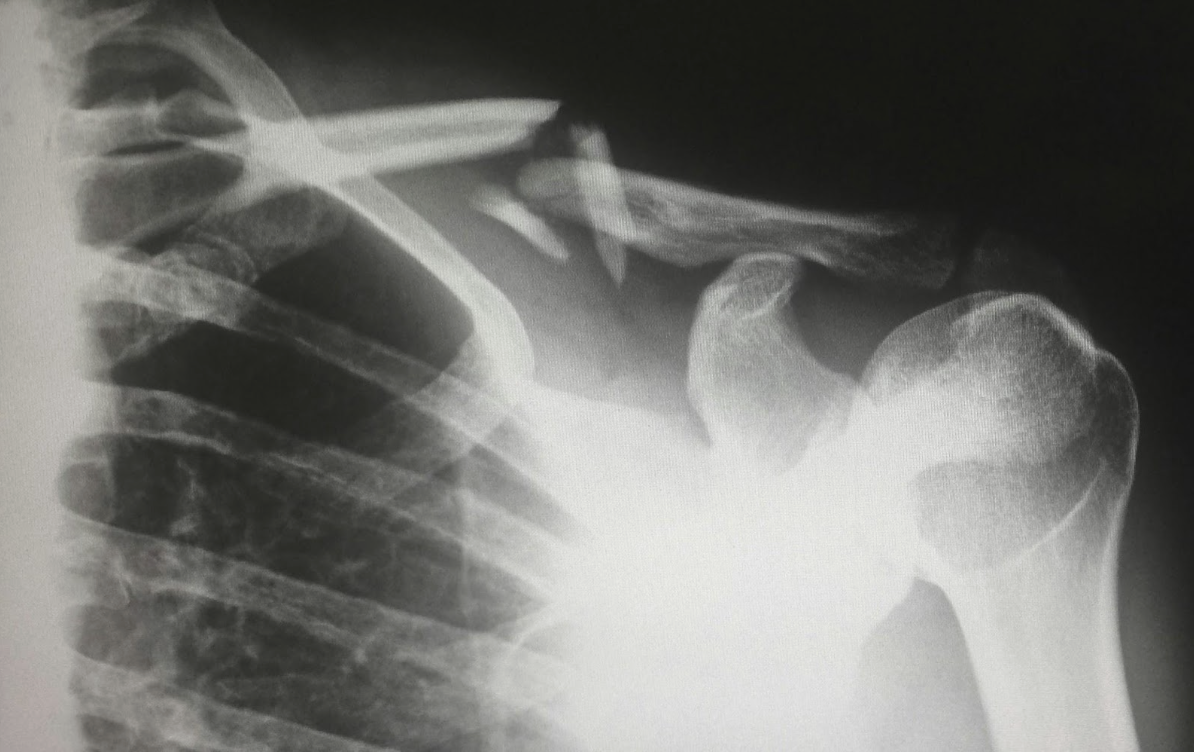Step-by-Step Guide to Getting Stronger After an Injury
Recovering from an injury requires patience, dedication, and a well-structured approach to regain strength and mobility. Whether the injury is minor or severe, the process of healing and rebuilding your body can feel overwhelming. However, with the right mindset and a strategic plan, you can achieve a full recovery and even emerge stronger than before. This guide outlines the key steps to getting stronger after an injury, focusing on physical rehabilitation, mental resilience, and practical support.
Seek Medical and Legal Support
The first step in recovering from an injury is to address immediate medical needs and understand the full extent of the damage. Consult a healthcare professional to diagnose the injury, recommend treatment options, and provide a timeline for recovery. Follow their advice carefully to prevent complications and ensure proper healing.
In some cases, injuries may result from external factors, such as accidents or negligence. Seeking professional assistance can help address legal concerns and secure the resources you need for recovery. From Pennsylvania injury legal support to other forms of advocacy, obtaining the right help ensures that your rights are protected and that you have access to any necessary compensation. This can alleviate financial stress and allow you to focus on healing.
Rest and Recover
After an injury, rest is crucial for the body to repair itself. Depending on the severity of the injury, you may need to reduce physical activity or immobilize the affected area. Allowing your body adequate time to recover prevents further damage and sets the foundation for successful rehabilitation.
While rest is essential, it’s important to strike a balance between inactivity and movement. Prolonged immobility can lead to stiffness and muscle atrophy, so follow your healthcare provider’s recommendations for gentle movements or exercises to maintain circulation and flexibility.
Listening to your body is key during this phase. If you experience pain or discomfort, scale back your activities and communicate any concerns to your healthcare provider.
Start Physical Therapy
Physical therapy is a cornerstone of recovery and regaining strength after an injury. A trained therapist will create a personalized rehabilitation plan tailored to your specific needs and goals. This plan may include exercises to improve mobility, rebuild muscle strength, and enhance coordination.
The rehabilitation process is typically gradual, starting with low-impact movements that target the injured area without putting undue stress on it. As your strength and mobility improve, your therapist will introduce more challenging exercises to build endurance and restore full functionality.
Consistency is critical in physical therapy. Attend all sessions and perform prescribed exercises at home to maximize results. Patience is equally important, as progress may be slow but steady with continued effort.
Incorporate Strength Training
Once the injury has healed sufficiently, strength training becomes a vital part of the recovery process. Building muscle strength not only supports the injured area but also prevents future injuries by improving overall stability and resilience.
Begin with light weights or resistance bands to avoid overloading the affected area. Focus on proper form and controlled movements to ensure safety and effectiveness. Gradually increase the intensity of your workouts as your body adapts and gains strength.
Target both the injured area and surrounding muscle groups to restore balance and functionality. If you’ve injured your knee, include exercises that strengthen the quadriceps, hamstrings, and calves to support the joint.
Maintain a Balanced Diet
Nutrition plays a significant role in recovery and rebuilding strength. A well-balanced diet provides the essential nutrients your body needs to repair tissues, reduce inflammation, and regain energy.
Prioritize foods rich in protein, such as lean meats, eggs, and legumes, as protein is crucial for muscle repair and growth. Include a variety of fruits and vegetables to supply vitamins and antioxidants that support the healing process.
Staying hydrated is equally important, as water helps maintain joint health and aids in the delivery of nutrients to injured tissues. Avoid excessive consumption of processed foods, sugar, and alcohol, as they can hinder recovery and increase inflammation.
Focus on Mental Resilience
Recovering from an injury isn’t just a physical challenge—it’s a mental one as well. Feelings of frustration, impatience, or anxiety are common, especially if the recovery process takes longer than expected. Developing mental resilience can help you stay motivated and focused on your goals.
Practice mindfulness techniques, such as meditation or deep breathing, to reduce stress and maintain a positive outlook. Setting realistic, achievable goals for your recovery can also provide a sense of purpose and accomplishment.
Gradually Resume Normal Activities
As your strength and mobility improve, begin to reintroduce normal activities into your routine. Start slowly, prioritizing tasks that require minimal effort or strain. Gradual reintegration allows you to monitor your progress and identify any lingering issues that need attention.
Be mindful of your limits and avoid overexerting yourself, as pushing too hard can lead to setbacks. Continue to incorporate physical therapy and strength training into your routine to support ongoing recovery and prevent future injuries.
Recovering from an injury is a journey that requires patience, determination, and the right strategies. By seeking medical and legal support, prioritizing rest, and committing to physical therapy and strength training, you can regain your strength and return to your normal activities with confidence.


